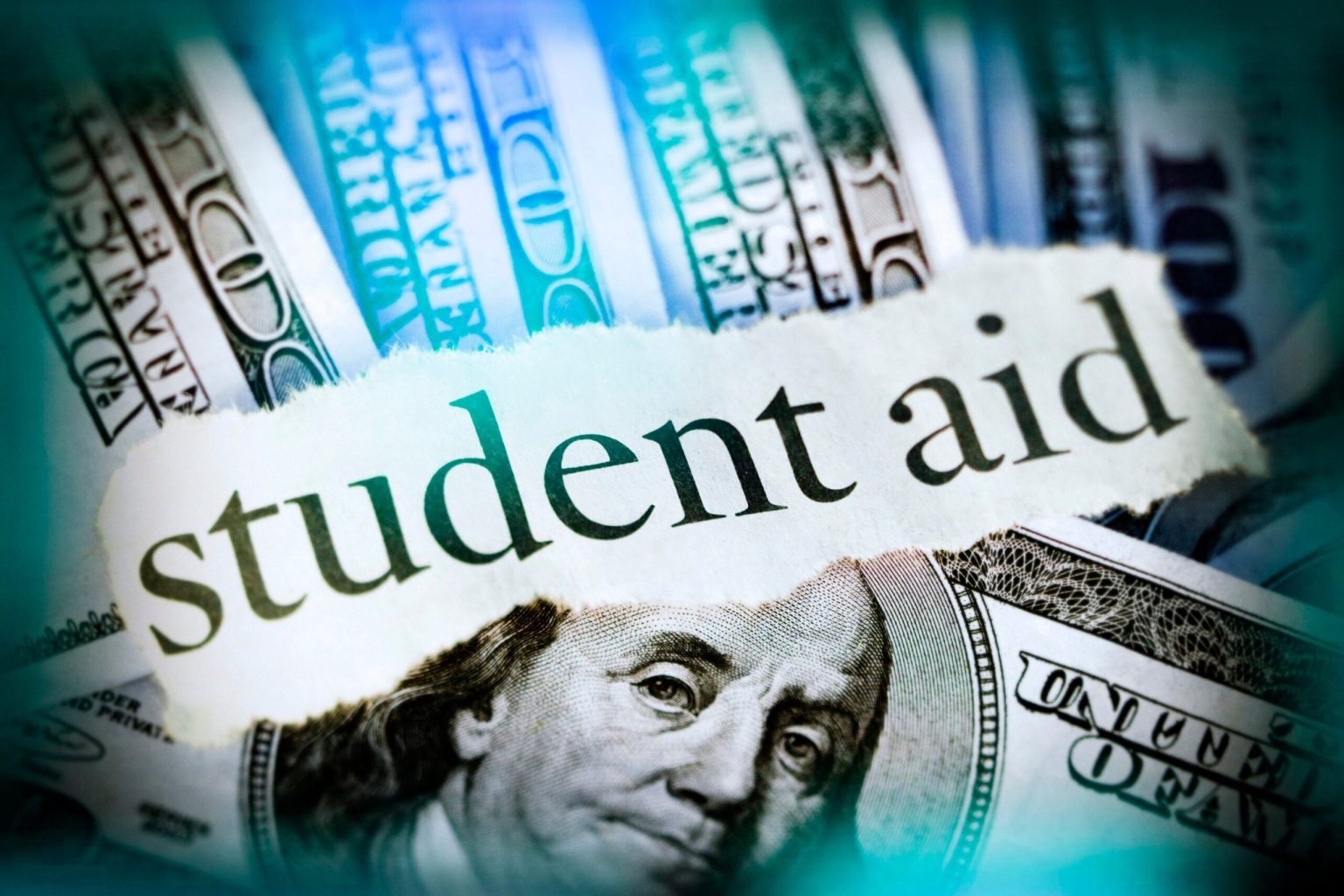Consolidating your federal student loans into one new Direct Loan with a fixed interest rate by April 30 could help you take full advantage of loan forgiveness programs. This includes the new student loan forgiveness program unveiled by the White House last month. By consolidating, you can convert various types of federal loans, including Perkins Loans and Parent Plus loans, into Direct Loans to maximize forgiveness amounts. If you have more than one Direct Loan, consolidating can also streamline payments into one monthly payment with one due date, increasing the number of payments that count towards forgiveness and synchronizing your forgiveness date.
When you consolidate your loans, you have the option to select an income-driven repayment plan that could lead to complete forgiveness of your balance after making payments for 20-25 years. Consolidating allows you to combine multiple loans into one new loan with a fixed interest rate, potentially lowering your monthly payments and extending your repayment period. Private student loan companies also offer debt consolidation, but converting federal loans into private loans is not advisable as private loans are not eligible for federal income-driven repayment programs or debt relief.
If you have low interest rates on your federal student loans, consolidating them will not significantly impact your new consolidated rate. However, if you have FFELP loans, you might lose some benefits when consolidating, such as interest rate reductions offered by the lender. Unpaid interest on a student loan will be capitalized when you consolidate the loan, potentially increasing your principal balance. It is important to consider these factors when deciding whether consolidating your loans is the right choice for you.
Consolidating federal student loans can help lower your monthly payment and maximize potential debt relief, especially if you hold loans that are not Direct Loans. By consolidating, you can lock in a fixed interest rate and ensure credit for your new Direct Loan starting from your first loan payment date, potentially leading to forgiveness sooner. If you do not qualify for debt relief, consolidating may not be necessary. The application process for consolidating federal student loans can be completed online at StudentAid.gov, and the deadline to do so is April 30.
If you miss the April 30 deadline to consolidate your loans, you can still get credit for past payments made on direct loans, but the payment count would be based on a weighted average. It is important to submit your application before the deadline to take advantage of the benefits of loan consolidation. Overall, loan consolidation can be a beneficial step for borrowers with federal student loans looking to streamline payments, lower monthly payments, and maximize potential debt relief through forgiveness programs.












